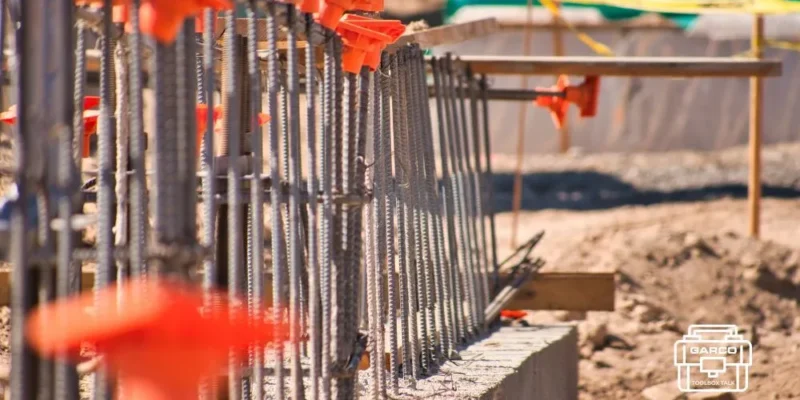Reinforcing bars are the backbone of reinforced concrete structures. The tensile strength they provide allows buildings and infrastructure to withstand stresses. Connecting these rebars properly is crucial to overall project strength, durability, and cost-effectiveness. While effective, traditional methods of joining rebar, such as lap splicing, are labour-intensive and material-consuming. Construction techniques and projects have increasingly made using more efficient, cost-effective rebar connection methods necessary. When evaluating the cost-effectiveness of rebar joining methods, several factors come into play:
- Material costs – The amount of rebar required and any additional materials needed for the connection.
- Labor costs – The time and skill level required for installation.
- Equipment costs – Any specialized tools or machinery needed for the joining process.
- Time efficiency – How quickly the connections are made, affecting overall project timelines.
- Long-term durability – The lifespan of the connection and its resistance to environmental factors.
By carefully considering these aspects, construction managers make informed decisions that balance immediate costs with long-term value.
Traditional vs. Modern rebar joining methods
Traditional methods
- Lap splicing – This involves overlapping the ends of two rebars and tying them together. While simple, it requires additional rebar length and leads to congestion in heavily reinforced areas.
- Welding – Joining rebars by welding provides strong connections, requires skilled labour, and is time-consuming. It may also not be suitable for all types of rebar or all environmental conditions.
Modern, cost-effective solutions
- Mechanical couplers – These devices mechanically join two rebar ends. While they have a higher upfront cost, they significantly reduce labour time and rebar usage.
- Threaded rebar systems – The ends of rebars can be threaded and quickly joined using specialized couplers. This method is particularly cost-effective for projects requiring frequent rebar splicing.
- Grout-filled sleeves – These systems use a sleeve filled with high-strength grout to join rebar ends. They offer a good balance of strength and ease of installation.
- Unitec system – The Unitecsystem represents a modern approach to rebar connection that combines cost-effectiveness with high performance. This innovative system offers several advantages:
- Quick installation – Connectors are installed rapidly, reducing labour costs and accelerating project timelines.
- Reduced material waste – The system minimizes the need for rebar overlap, leading to significant material savings.
- Versatility – It is used in various applications, from residential to large-scale infrastructure projects.
- Consistent performance – The engineered design ensures reliable connections, reducing the risk of structural issues.
Implementing cost-effective rebar joining solutions
To maximize the benefits of cost-effective rebar joining methods, construction managers should consider the following steps:
- Comprehensive cost analysis – Look beyond material costs to include labour, equipment, and long-term durability in your calculations.
- Training and familiarization – Ensure your workforce is adequately trained to use modern rebar joining systems to maximize efficiency and quality.
- Quality control – Implement rigorous measures to ensure that all connections meet the required standards, regardless of the method used.
- Supplier partnerships – Develop relationships with suppliers of advanced rebar joining systems to benefit from their expertise and negotiate better prices.
As the construction industry evolves, embracing these cost-effective solutions for joining rebar will be crucial for companies looking to maintain a competitive edge. By carefully evaluating the costs and benefits of different rebar joining methods, construction managers make informed decisions that contribute to more economical, efficient, and sustainable building practices.

Comments